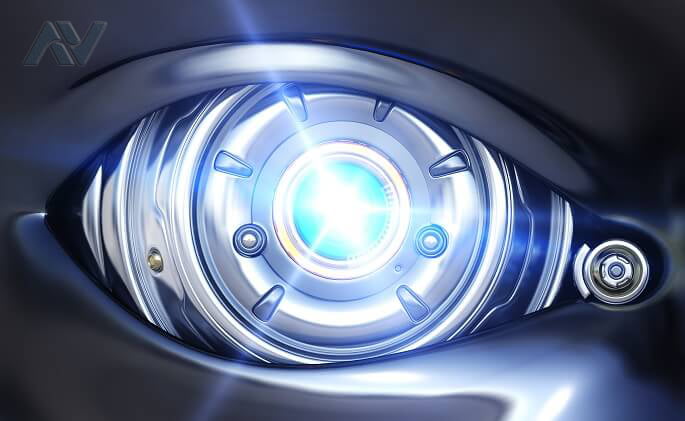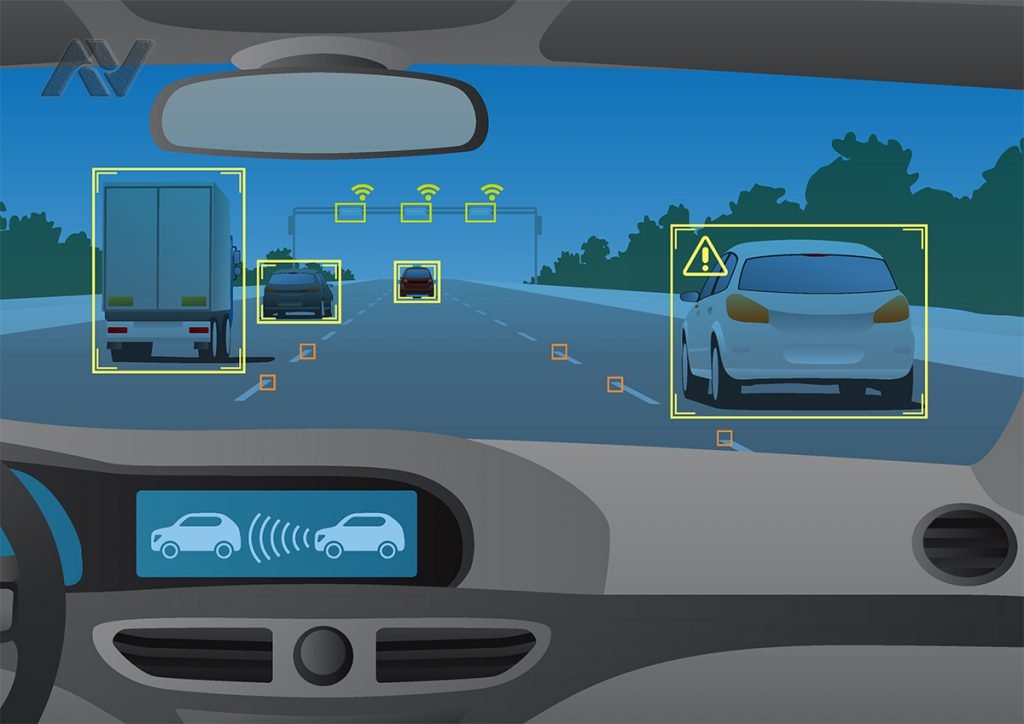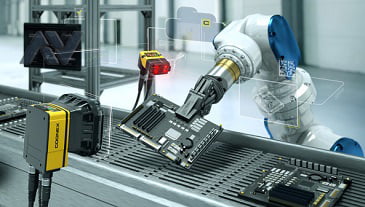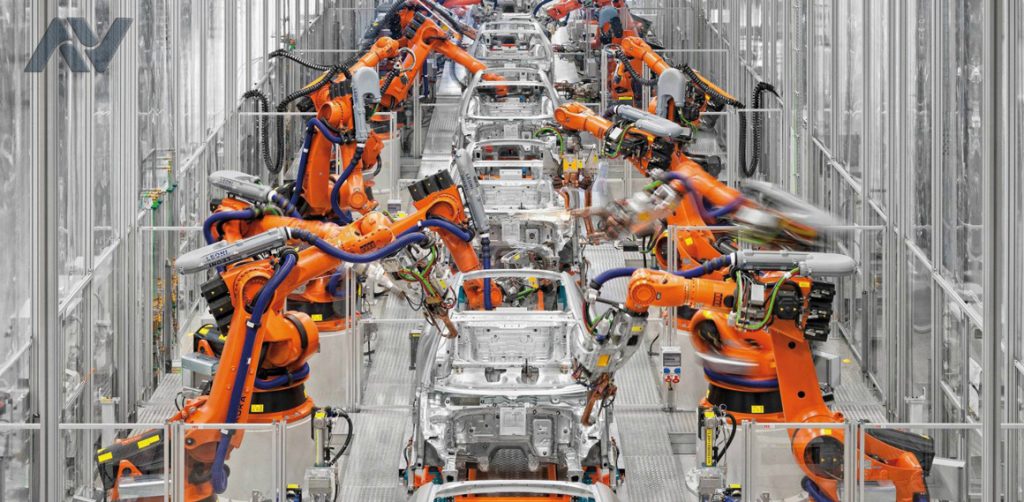Machine Vision (Cognex)

What Is Machine Vision(Cognex)?
While human inspectors working on Assembly lines have inspected parts to judge the quality of workmanship, machine vision system uses the camera and image processing software to perform similar inspections. Machine Vision Inspection Manufacturing plays an important role in securing 100% quality control, reducing cost and ensuring high-level customer satisfaction. Machine vision system inspection includes narrowly defined functions such as counting of objects on a conveyor, reading serial numbers and finding surface defects. Manufacturers often prefer machine vision systems for visual inspection, which requires high speed, high magnification, the operation of hours, and/or repeat measurements. For example, semiconductor fabrication depends on sight inspection technology, without which there will be a considerable reduction in yield for computer chips. Machine vision system inspects silicon wafers, processor chips, and sub-components such as resistors and capacitors at high speeds with precision and accuracy. Often considered to be the same, there are different terms for computer vision and machine vision overlapping technologies. Computer vision refers to the context of capturing and automation of image analysis, with an emphasis on the image analysis function in a wide range of theoretical and practical applications.

How Machine Vision Works(Cognex)?
Machine vision traditionally refers to the use of computer vision in an industrial or practical application or process where it is necessary to execute a certain task or result based on the image analysis performed by the vision system. Pre-programmed features are identified using the vision system software. The system can be used to trigger various types of “actions” based on the findings. For example, in the convenience of a bottle in the food and beverage industry, the vision system can be used to identify many things. It can verify that the empty bottle is self-harm and free of foreign goods. It can verify the correct filling level of the right product and can check to ensure that the correct label is used and the label is placed correctly. It can verify that the lid or cap is in place and is properly sealed. It can check that the appropriate date ticket or identification code has been added to the bottle at the desired location. Depending on the system code being done to the software, the system can trigger various types of tasks based on various findings. For example, it may send some specific products under a specific packaging line, or redirect the defective products or even stop the production line. Machine vision is the incorporation of computer vision in industrial manufacturing processes, although it is quite different from computer vision. In general, the computer revolves around image processing. On the other hand, machine vision uses digital input and output to manipulate mechanical components. Machine vision-dependent devices are often found at work in product inspection, where they often use digital cameras or other forms of automated vision to carry out tasks performed by human cameras. However, the way the ‘see’ machine vision system is quite different from human vision.

How Is Machine Vision (Cognex) Different From Computer Vision?
To understand how the machine vision system works, it can be useful to perform specific tasks such as product inspection. First of all, the sensor detects whether a product exists or not. If there is actually a product passing through the sensor, the sensor will trigger a light source to highlight the camera and highlight key features to capture the image. After this, a digitization device called frame grabber takes the image of the camera and translates it into the digital output, which is then stored in computer memory so that it can be tampered with and processed by the software. In order to process an image, computer software should do a lot of work. First of all, the image has been gradually reduced in a simple black and white format. After this, the image is analyzed by the system software to identify the defects and appropriate components based on pre-determined criteria. After analyzing the image, the product will either pass or fail the inspection based on the findings of the machine vision system. Industrial vision system demands more robustness, reliability and stability than academic/academic vision system, and usually costs very little compared to those used in government / military applications. Therefore, industrial machine vision means low cost, acceptable accuracy, high robustness, high reliability, and high mechanical, and temperature stability. Machine Vision Systems rely on protected digital sensors inside industrial cameras with special optics to capture images, so that computer hardware and software can process, analyze and measure different attributes for decision-making.

Applications Of MAchine Vision (Cognex)?
As an example, consider a filling level inspection system in a brewery. Each bottle of beer passes from an inspection sensor, which then triggers a vision system to flash a strobe light and then it takes a picture of the bottle. After receiving the image and storing it in memory, Vision software processes or analyzes it and releases a near-unsuccessful response based on the level of bottle filling. If the system detects an inappropriate bottle, then it fails to signal a diverter to reject the bottle when it fails. An operator can see the discarded bottles and running process data. Beyond product inspection, there are many other applications in machine vision systems. Systems that rely on visual stock controls and management, such as barcode reading, counting and store interfaces, often use the machine vision system. The large-scale industrial production also employs machine vision systems to assess products in various stages in the process and also works with automatic robotic weapons. Even the food and beverage industry also uses the machine vision system to monitor the quality. In the medical field, machine imaging systems are also applied in medical imaging as well as in examination procedures. Machine Vision Systems can also measure the purpose, such as defining spark plug differences or providing location information that guides the robot to align parts in a manufacturing process. Figure 2 illustrates how the machine vision system can be used to cross or fail the oil filter (right) and can be used to measure the width of a centre tab on a bracket (left).



